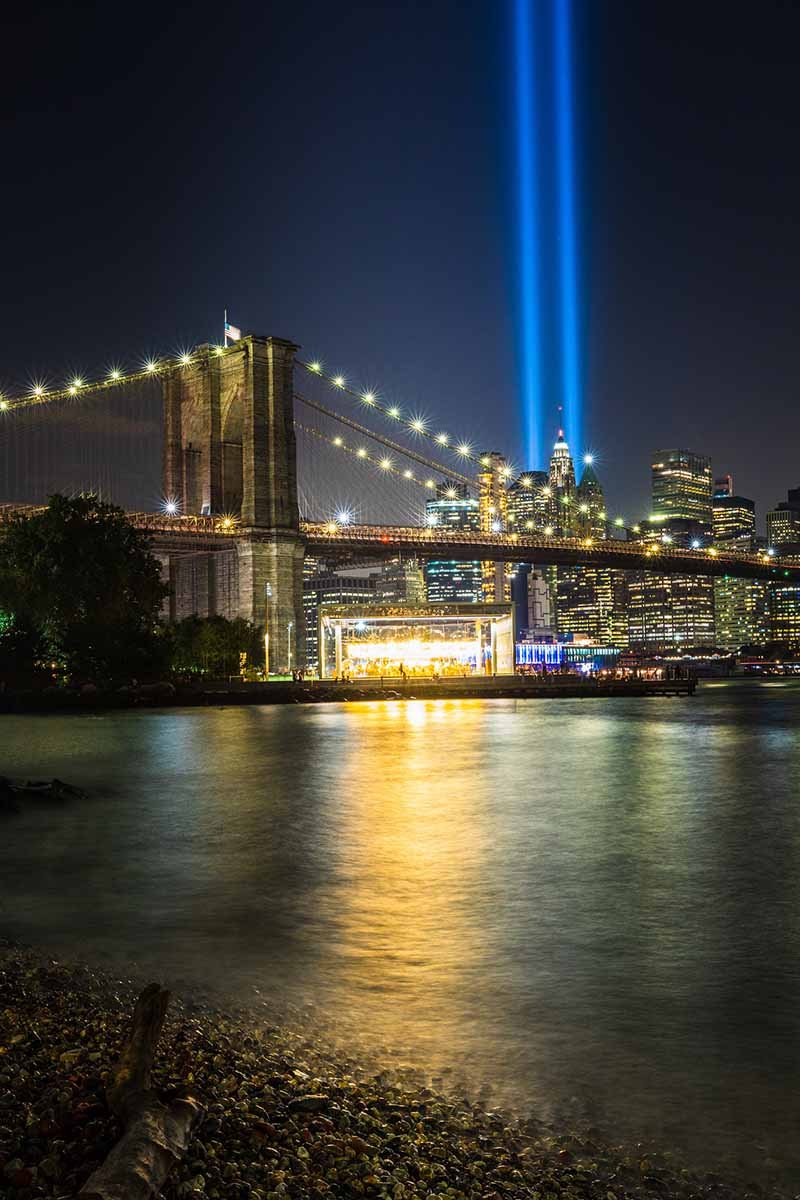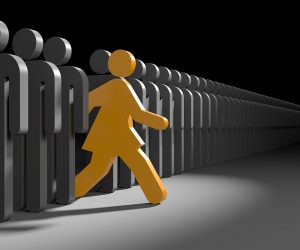 Shortly after the Twin Towers in the United States were plummeted to the ground by the 9/11 terrorist attack, I saw a poster about it on the wall of my university. It held a picture of a young Arabic child, a girl, holding a white doll, sitting in rubble from a war-torn home, hatred in her eyes. Most of the people in the poster were Caucasian, if I recall correctly, and the sign was an invitation to a meeting. I decided to attend.
Shortly after the Twin Towers in the United States were plummeted to the ground by the 9/11 terrorist attack, I saw a poster about it on the wall of my university. It held a picture of a young Arabic child, a girl, holding a white doll, sitting in rubble from a war-torn home, hatred in her eyes. Most of the people in the poster were Caucasian, if I recall correctly, and the sign was an invitation to a meeting. I decided to attend.
At the meeting, there was a small crowd—maybe 25 people. A Caucasian doctor presented a video, which we watched in silence. I didn’t understand the video. It seemed to have something to do with Iraq being attacked by the West, and the key point seemed to be that Saddam Hussain was kept alive despite an opportunity to kill him. I believe the point was that, by keeping him alive, he would be a puppet government for the West to exploit the Iraqi oil resources. I have also recently heard other theories: that it had something to do with Iraq wanting a different currency than the US dollar, but that’s speculation.
So, when the video ended, I raised my hand and asked, “What is the point of the video?” The doctor told me to leave. I was flustered and insisted that I was there to help, but how could I help if I didn’t understand the issue? I began to leave, and he asked me to sit down. So, I listened to him speak, knowing my questions might be cause for my dismissal. But the doctor had a gentle and sincere personality and appeared committed to nonviolence, which brought me a degree of comfort. After that meeting, I bought the video and watched it several more times. I still didn’t get the point.
But I helped the cause, spending weekly hours sending materials to student organizations. I hired an artist, and together, he and I created the poster that was chosen by our group to be featured. I printed and placed the poster throughout the city. The organizer asked our group to get sound effects of guns and artillery, but no one offered, so I put up my hand and later created a soundtrack of inferior sound effects I got from a public library CD. They were the best I could find.
However, events took a turn. The group started murmuring that the organizer was paid, but no one seemed to know by whom. So, when I was alone with the organizer, I asked her who paid her. She said to me, “Is that an appropriate question?” I couldn’t understand why she wouldn’t disclose who was funding her role, as I had hoped I could get financed, too. So, I wondered about that; however, I believe I may know today who funded the protest and why it was kept silent.
Other events happened, too. During the final days of the protest organization, we met in a small room where the organizer asked our view about having people dressed in costumes with dismembered body parts and blood running around at the protest. My head began to spin. “I thought this was about peace,” I exclaimed. I insisted I didn’t want to be part of blood and dismembered bodies, as that was violent, and I thought we were advocating for peace. Another woman, quite upset, said she, too, did not want the dismembered body part costumes. We were horrified. So the organizer and the group dropped that idea.
But then, to our surprise, the doctor who wouldn’t let me ask what the point of the video was disclosed to the group that he wouldn’t be attending the protest. I don’t remember his reason or if he even gave one, but someone protested loudly. I liked the doctor, so I came to his defense, but we were left wondering why he didn’t want to be part of a “peaceful” protest.
The worst part of the event, when I thought of leaving and never looking back, occurred during the protest. I was the second from the front of the protest line, and many people were lined up behind me. The guy with the megaphone started saying his chants, “Bomb the US, not Iraq. Bomb Bush. Bomb the Americans.” My heart beat erratically, and I felt dizzy, as this wasn’t what I had signed up for. I had thought we were there for peace, yet this had nothing to do with peace. I debated whether I should leave, which my gut told me to do, but I had put so many hours and finances into the event. Against my conscience, I stayed.
And then we encountered the raging grannies. They were a group of older women singing protest songs that held aggressive lyrics, not at all about peace. I could feel alarm bells in my head.
But I kept going. At the end of the protest, everyone stood still, crammed together, at least ten people wide, in an endless row. I was jammed against the wall. The organizer then made a speech and turned on the sound effects I had provided—the sounds of guns. I was terrified, and so was everyone else, it seemed, because if those guns were loud or threatening, the crowd was likely to grow panicked, perhaps even violent. And I would’ve been responsible. But when the organizer turned on the sounds of guns they were barely audible, to my great relief, and all the people around me seemed relieved as well, for we could have been badly injured. No violence erupted, and no costumes of dismembered body parts emerged, at least not where we were located. I could see great disappointment in the organizer’s eyes; she appeared on the verge of tears.
Had I known that the protest was not about peace like it at first seemed to be, but about violence and aggression, I wouldn’t have participated. I tried to justify what I did and tried to feel like a hero, but no amount of reasoning could support my guilty conscience, as I had unwittingly participated in what now appears to have been a hate crime.
So, for those who get involved in protests, consider what we represent. Is it peace or hate? If it’s hate, walk away before we’re in too deep.


